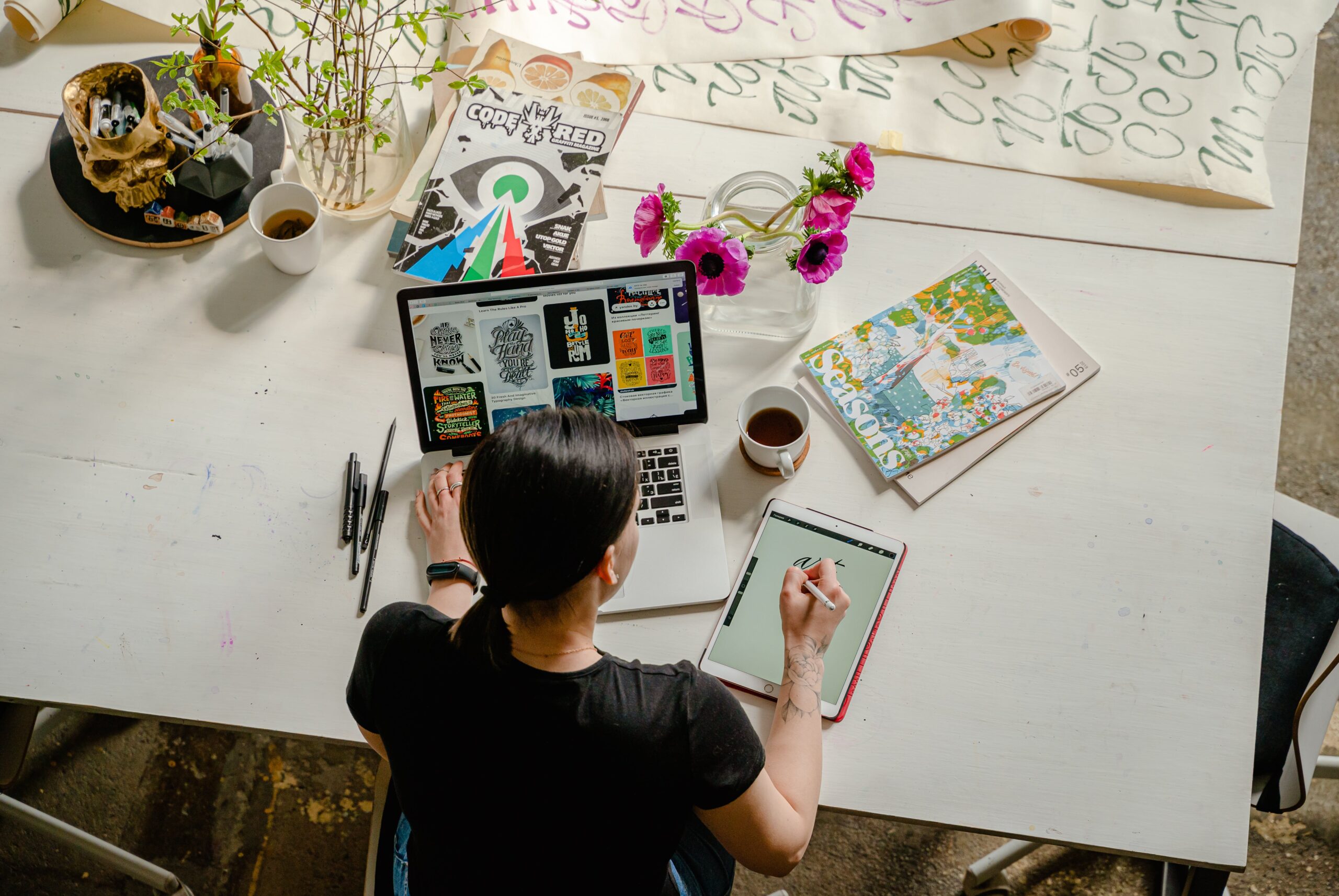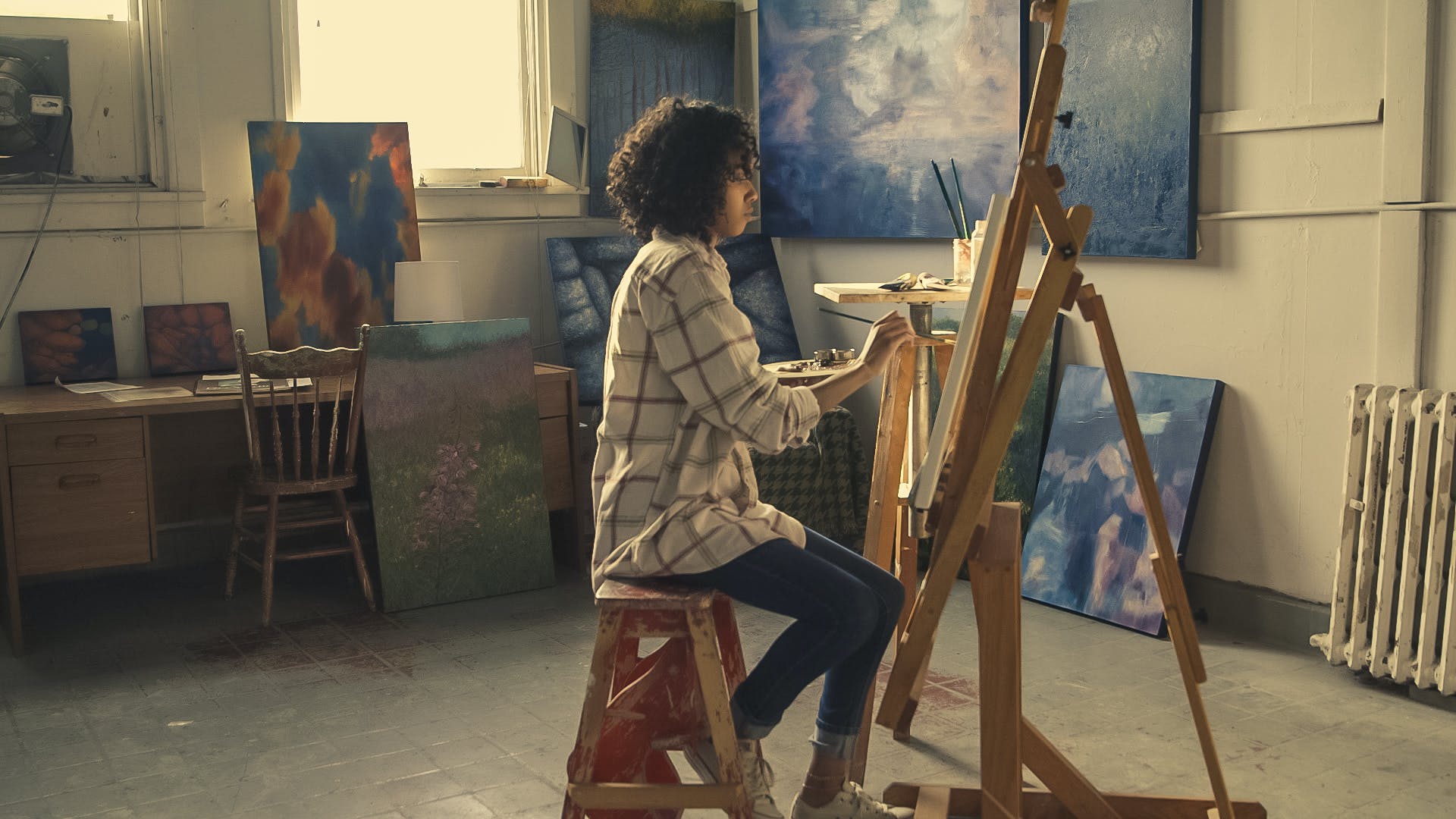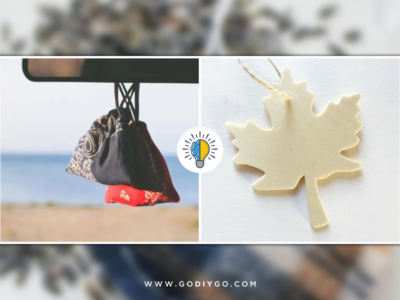As an artist, you don’t want to ever stop evolving and improving. Your art is the way that you know how to express yourself and your feelings. Whether you draw as a hobby or do it professionally, you’ll always be looking for ways to draw better. If you’re a beginning artist who wants to know how to make their drawings more realistic, read on.

Use a Quality Reference
One thing that you will need is a quality reference. When trying to draw a realistic painting, you cannot just simply use your imagination. You need to have a reference of a picture or another realistic painting to be able to duplicate it. The reference can be actual living beings or objects as well. As a guide, make sure that if you’re using a reference picture or painting, it should not be over or underexposed because it might mess with the creation of your three-dimensional-looking drawing. A tip for you as a beginner is to add the picture to a photo editing app where you can fix the exposure. This will help you get a more realistic outcome.
Know and Prepare Your Art Supplies
As a beginner in drawing, you probably use anything to draw, with whatever pencil in your school notebook and you have no knowledge of art supplies. There are many supplies that you must know and prepare when you’re attempting a realistic painting. One detailed article at https://cecelyv.com/ mentions that you should have different pencil shades in order to get a realistic look, as different parts of the drawing will require different shades and tones. The type of paper, as well as the eraser that you’re using, are very important as well.
You should get them both in high quality since low-quality papers and erasers might ruin your painting, and the paper can get cut while you’re erasing.
Use an Initial Sketch
Starting a sketch by detailing a specific part from one to another will ruin your piece’s size ratio and will not give you the realistic drawing you’re aiming for. You should start your painting with an initial sketch, a light initial sketch. This will help you perfect the size ratios as well as ensure that you have a plan for what you’re drawing. Start off with a light sketch, focusing only on the largest shapes first, and then you can move on to detailing and making your drawing more proportioned and realistic. Though you are new to the matter, it is very important for you to trust the process.
Don’t Use Visible Lines
Something that you will notice when observing any picture, object, or realistic drawing is that there are no visible, sharp lines. It is important that you are careful with your drawing, to not use rulers nor press hard on your pencils so that you don’t create very sharp lines or visible ones. When drawing features like hair or eyebrows, you will need to draw lines but they will not be uniform or straight from one end to another. These lines should vary in thickness, color, and texture.
Create Smooth Transitions
Transitions between different values in a picture are never sharp. You never see one square very dark and the next comes very light. There should be a gradual and smooth transition between your light and dark shades. Make sure as well that you transition between different shades for shadows and highlights.
Create a Wide Variety of Values Throughout the Drawing
The realism of a drawing requires attention to detail and a lot of focus. A drawing is never consistent with just one tone or shade, nor are all objects in a picture the same size. It is necessary that you create a wide variety of values throughout your drawings. Pay attention to the areas that should be highlighted and those that should be darkened for shadows.
Objects that you want to appear closer should be drawn bigger and those that should appear far in the drawing should be smaller. This will help you create a three-dimensional effect that will make your painting much more realistic.

You should always seek tips from professional artists and look at more than one reference if possible before choosing the one you will use for your drawing. As a beginner, start with smaller drawings that have fewer details, and when you master those, you can go into more detailed paintings. One last tip, make sure that you’re looking at your reference at least 50% of the time so that you don’t mess up any details.
















